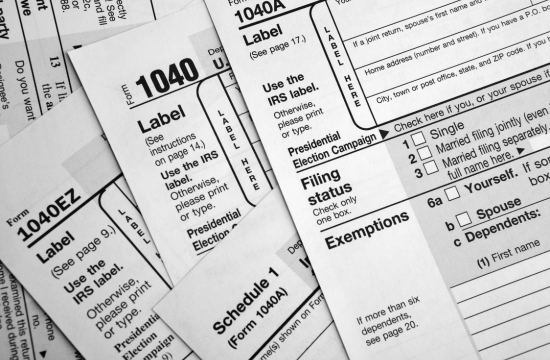When you receive your paycheck, you might notice that the amount you take home is less than your gross earnings. This discrepancy is due to various withholdings, primarily federal income tax, Social Security, and Medicare. These withholdings are detailed on your W-2 form, a crucial document for your annual tax filing. Understanding W-2 withholdings and their impact on your tax return is essential for accurate tax filing and financial planning. This blog post will explain the purpose of W-2 withholdings and how they affect your taxes.
What is a W-2 Form?
The W-2 form, also known as the Wage and Tax Statement, is a document that employers are required to send to their employees and the IRS at the end of each year. This form reports an employee’s annual wages and the amount of taxes withheld from their paycheck. The W-2 form includes the following key sections:
1. Employee’s personal information: Name, address, and Social Security number.
2. Employer’s information: Name, address, and Employer Identification Number (EIN).
3. Wages and withholdings: Detailed breakdown of wages earned and taxes withheld.
The Purpose of Tax Withholdings
Tax withholdings explained: The primary purpose of W-2 withholdings is to ensure that employees pay their federal income tax liability throughout the year, rather than in one lump sum at the end of the year. This system, known as “pay-as-you-go,” is designed to make tax payments more manageable for employees and to provide the government with a steady stream of revenue.
Here are the main types of withholdings you’ll see on your W-2 form:
Federal Income Tax: This is the amount withheld from your paycheck for federal income tax purposes. The amount withheld is based on your earnings and the information you provided on your W-4 form, such as your filing status and the number of allowances you claimed.
State and Local Income Tax: If you live in a state or locality that imposes income tax, you’ll see additional withholdings for these taxes on your W-2 form.
Social Security Tax: This withholding funds the Social Security program, which provides benefits for retirees, disabled individuals, and survivors of deceased workers. The Social Security tax rate is 6.2% of your wages, up to a certain income limit.
Medicare Tax: This withholding funds the Medicare program, which provides health insurance for individuals aged 65 and older, as well as certain younger individuals with disabilities. The Medicare tax rate is 1.45% of your wages, with no income limit.
Impact of W-2 Withholdings on Your Tax Return
Impact of W-2 withholdings: The withholdings reported on your W-2 form play a crucial role in determining whether you owe additional taxes or are due a refund when you file your annual tax return. Here’s how withholdings affect your tax return:
Tax Liability Calculation: When you file your tax return, you’ll calculate your total tax liability for the year based on your taxable income. Your taxable income is your gross income minus any deductions and credits you’re eligible for.
Comparison of Withholdings and Tax Liability: Once you know your total tax liability, you’ll compare it to the total amount of taxes withheld from your paycheck throughout the year. You’ll receive a refund if the amount withheld exceeds your tax liability. If the amount withheld is less than your tax liability, you’ll owe additional taxes.
Adjusting Withholdings: If you consistently owe taxes or receive large refunds, you may want to adjust your withholdings to better match your tax liability. You can do this by submitting a new W-4 form to your employer with updated withholding information.
Strategies for Managing W-2 Withholdings
To ensure that your withholdings accurately reflect your tax liability, consider the following strategies:
Review and Update Your W-4 Form: Whenever you experience a major life change, such as getting married, having a child, or getting a new job, review and update your W-4 form to reflect your current situation. This will help ensure that the correct amount of tax is withheld from your paycheck – www.w-4free.com is a great tool for this!
Use the IRS Withholding Calculator: The IRS provides an online withholding calculator that can help you determine the correct amount of tax to have withheld from your paycheck. This tool can be especially helpful if you have multiple jobs, are self-employed, or have significant non-wage income.
Consult a Tax Professional: If you’re unsure about your withholdings or have a complex tax situation, consider consulting a tax professional. They can help you navigate the intricacies of the tax code and ensure that your withholdings are accurate.
Understanding W-2 withholdings is essential for effective tax planning and financial management. By knowing how these withholdings work and their impact on your tax return, you can take steps to ensure that you’re not caught off guard by a large tax bill or missing out on a potential refund. Regularly reviewing your withholdings and adjusting as needed can help you achieve a more accurate tax outcome and avoid surprises when you file your tax return.
By staying informed and proactive about your W-2 withholdings, you’ll be better prepared to manage your taxes and make the most of your earnings. Remember, the goal is to have just the right amount of tax withheld—not too much and not too little—so that you can maintain control over your finances throughout the year – you can use www.w-4free.com to help!



